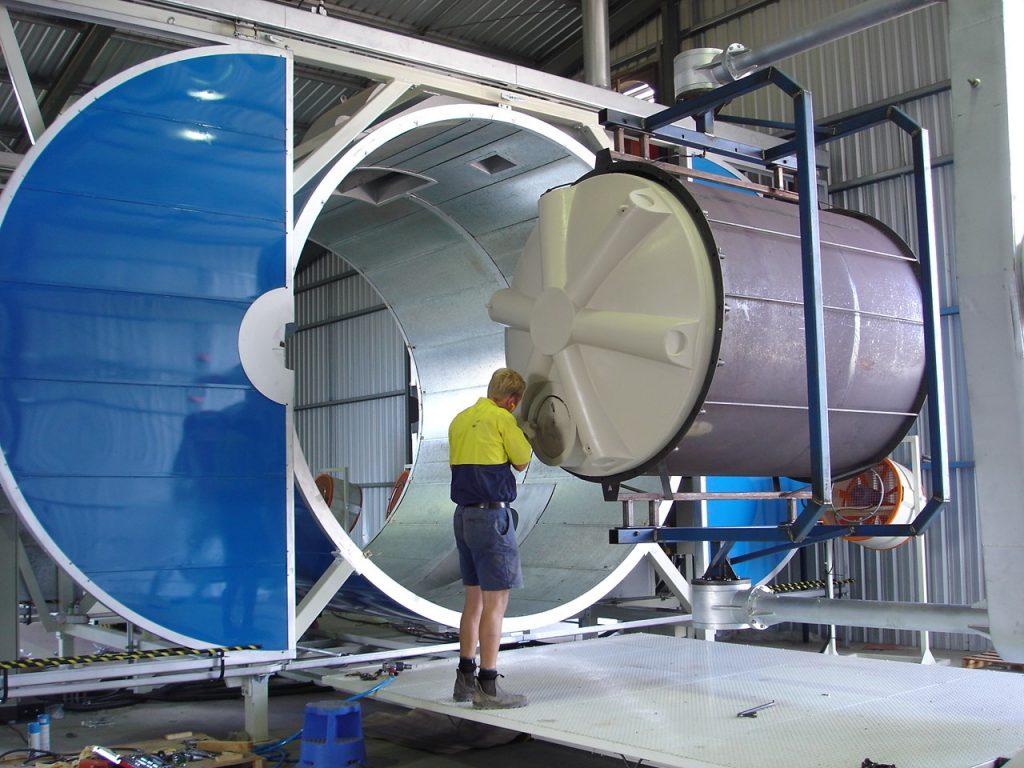Rotational molding is a versatile, safe, and efficient way of manufacturing products with engineering plastics. There are many advantages and benefits to using rotational molding, ranging from economic advantages to environmental benefits. In this article, we will examine the various advantages and benefits of rotational molding, as well as the applications of rotational molded products, innovations in rotational molding, and the environmental benefits that rotational molding can offer.
Advantages and Benefits of Rotomolding
Rotomolding is an extremely versatile and efficient manufacturing method that enables the creation of plastic products with a variety of shapes, sizes, and applications.
It offers plastic manufacturers a range of advantages and benefits, making it one of the most popular plastic processing methods. vantagens e benefícios, tornando-a um dos métodos de processamento de plásticos mais populares.
Advantages
One of the main advantages of rotomolding is its flexibility. With this process, it is possible to produce parts in any shape or size and incorporate various features into a product to enhance its performance.
Additionally, the rotomolding process allows for the creation of high-quality products with less material waste.
The process provides a high level of strength, making them often impact-resistant. Furthermore, the elimination of excess material ensures that the products are resistant to corrosion and weathering.
Benefits
In addition, the benefits of rotomolding are numerous. The process is simple and highly efficient, which means manufacturers can reduce production costs and offer higher-quality products at more affordable prices.
Além disso, a rotomoldagem permite personalizar de acordo com as necessidades específicas de cada cliente, possibilitando a criação de produtos personalizados e únicos.
Strength and Durability
These are two of the benefits of rotomolding. This molding technique provides high mechanical strength of materials when heated and hardened through the molding process. This makes rotomolded products extremely strong, durable, and stable even when exposed to extreme heat and cold.
The strength and durability of rotomolded products are much higher than those molded by blow molding or injection molding, rarely presenting structural defects that could affect performance or durability.
Low Tooling Costs
This is another benefits of rotomoldingThe major advantage is that, despite having low tooling costs, rotomolding produces high-quality results. The process is also extremely versatile and can produce a variety of shapes, sizes, and thicknesses with excellent quality results.
Moreover, this process does not require much time to set up, making it highly efficient. Thus, low tooling costs are one of the main benefits of rotomolding.
Low Production Costs
Este é um dos fatores que torna a rotomoldagem atraente para os fabricantes.
Esta técnica é benéfica porque não requer a instalação de moldes caros, materiais de preenchimento e outros equipamentos.
Molds
Initial installation costs are cheaper, and the cost per piece is lower compared to other manufacturing processes.
Materials
Additionally, the use of better materials can further reduce production-related costs. Due to all these factors, rotomolding has become an appealing choice for many manufacturers.
Easy Maintenance and Repair
This is one of the main benefits of rotomolding. Due to the modern method of rotomolding, the produced products are delicate and resistant to weathering.
This means lower maintenance and repair costs compared to identical products produced by other techniques. Additionally, rotomolded products are more resistant and have smoother surfaces, which improves impact resistance and reduces the chances of damage and noise during handling.
Extended Lifespan
These characteristics increase the lifespan of the products. Furthermore, maintenance and repair of rotomolded products are easier and faster because, due to the simplicity of the products, fewer parts and accessories are required. This allows for a reduction in the overall.
Environmentally Friendly
The benefits of rotomolding can be felt during the production process, especially when it comes to plastic materials.
Since rotomolding does not involve the removal of material parts, it is more efficient and consumes less energy than other manufacturing techniques.
Less Pollution
Furthermore, rotomolded plastic does not contain metals, paints, adhesives, or any other attached materials, making it much more environmentally friendly.
The use of less polluting alternatives for manufacturing products contributes to the reduction of greenhouse gas emissions, helping to mitigate global warming.
Flexibility
Rotomolding offers manufacturers the flexibility to create a variety of designs and sizes, and it enables the handling of parts with highly precise details.
Customized Products
This flexibility also makes rotomolding ideal for custom projects, allowing manufacturers to create tailored solutions for various applications.
Parts can be made in single volumes or large quantities, with variable colors and textures.
The flexibility of rotomolding is one of its greatest benefits benefits of rotomolding for manufacturers.
Applications of Rotomolded Products
A rotomolding is a manufacturing technique that offers numerous benefits para uma série de produtos em diversos setores industriais. Podemos usá-la para fabricar produtos como recipientes, tanques, caixas, contêineres e outros que exigem maior resistência e durabilidade.
One of the great benefits of rotomolding is the ability to create high-quality products designed to meet customer needs. It allows for the production of perfectly finished products that can withstand strong impacts and resist weathering and corrosion.
PERFECT FOR OUTDOOR ENVIRONMENTS
Rotomolded products are also suitable for outdoor use, as they are resistant to weather conditions and chemical reactions, making them suitable for equipment and materials in humid areas.
Furthermore, products created through rotomolding are extremely lightweight and durable. This characteristic is ideal for various applications, including those associated with agriculture, construction, mobility, and even resistance to high noise levels. This feature also means that the products are easier to transport, store, and install.
Among the products that can be manufactured in series through rotomolding, we can include:
Chemical storage tanks

Agricultural equipment
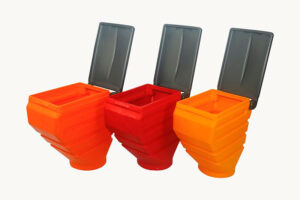
Children's toys
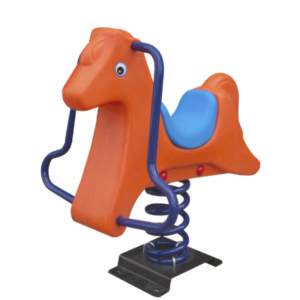
Garden furniture
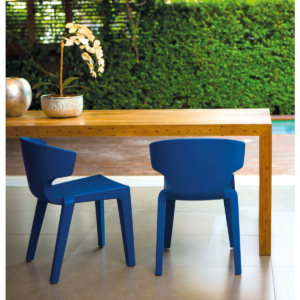
Playgrounds
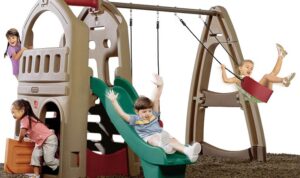
Storage boxes
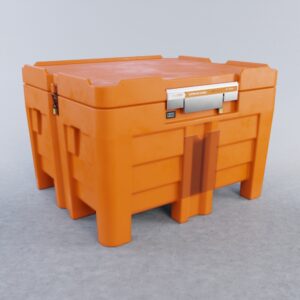
Innovations in Rotomolding
Due to increasing demand, rotomolding companies have developed innovations and improvements to enhance productivity and product quality
One of the major developments in rotomolding is the inclusion of new molding techniques, such as multi-layer rotational molding and cooling rotational molding. These techniques allow molders to create more complex and detailed parts from plastic materials. Additionally, these techniques offer lower production costs and shorter lead times, making rotomolding even more accessible to the general public.
Benefits of Recycled Products
Outra inovação na rotomoldagem é o uso de materiais reciclados. Estes materiais criam peças plásticas com menos impacto ambiental. Os materiais reciclados também são mais baratos do que os materiais plásticos mais comuns.
Furthermore, in recent years, rotomolding has undergone significant advancements that have made it one of the most popular techniques in the market.
Automation is another Benefit
Automation has been one of the main drivers of this evolution. Automation technology allows machines to perform tasks automatically, optimizing the production process to increase efficiency and product quality.
Environmental Benefits of Rotomolding
A rotomolding offers significant benefits to the environment as it is a non-toxic manufacturing process that does not emit gases or other harmful emissions into the atmosphere.
The process is energy-efficient, with controlled heat generation and efficient heating of the product being manufactured. Rotomolding can also be efficient in material usage, as the materials used can be recycled, reducing the need for natural resources.
Material Recycling
Additionally, many plastic materials produced through rotomolding can be recycled and used again in other products.
The rotomolding process meets legal requirements regarding pollution since it does not emit pollutants into the atmosphere. Therefore, companies that choose to use rotomolding to produce their products can benefit from cost savings and reduced environmental impacts.
Conclusion
In conclusion, rotomolding is a manufacturing technique that offers several advantages for production processes. Throughout this article, we have discussed the main advantages and benefits of rotomoldingincluding strength and durability, low tooling costs, low production costs, ease of maintenance and repair, flexibility, applications, innovations, and environmental benefits.
Overall
Portanto, com tudo que foi apresentado, podemos afirmar que a rotomoldagem pode ser uma excelente opção para aumentar a produtividade de seus processos, pois oferece ganhos significativos, como resistência, redução de custos, facilidade de manutenção, flexibilidade de peças, aplicações de produtos e, principalmente, benefícios ambientais.
Therefore, it becomes a highly interesting technique to be adopted in various industrial sectors.

